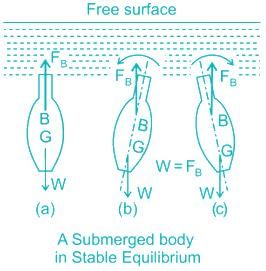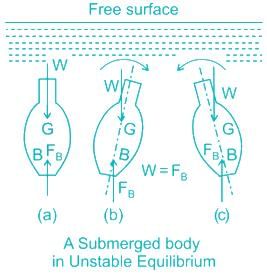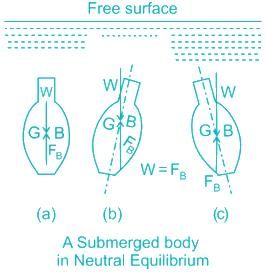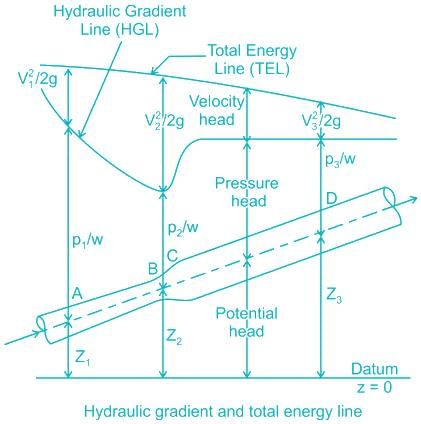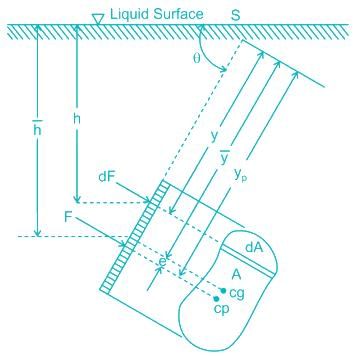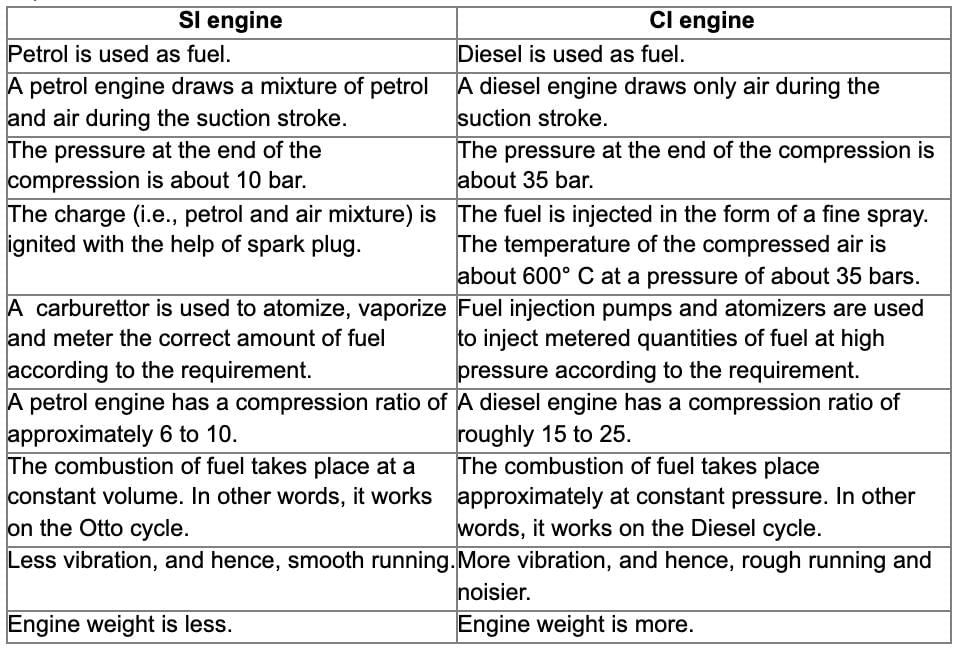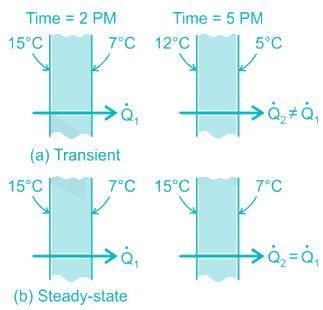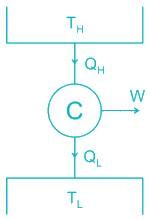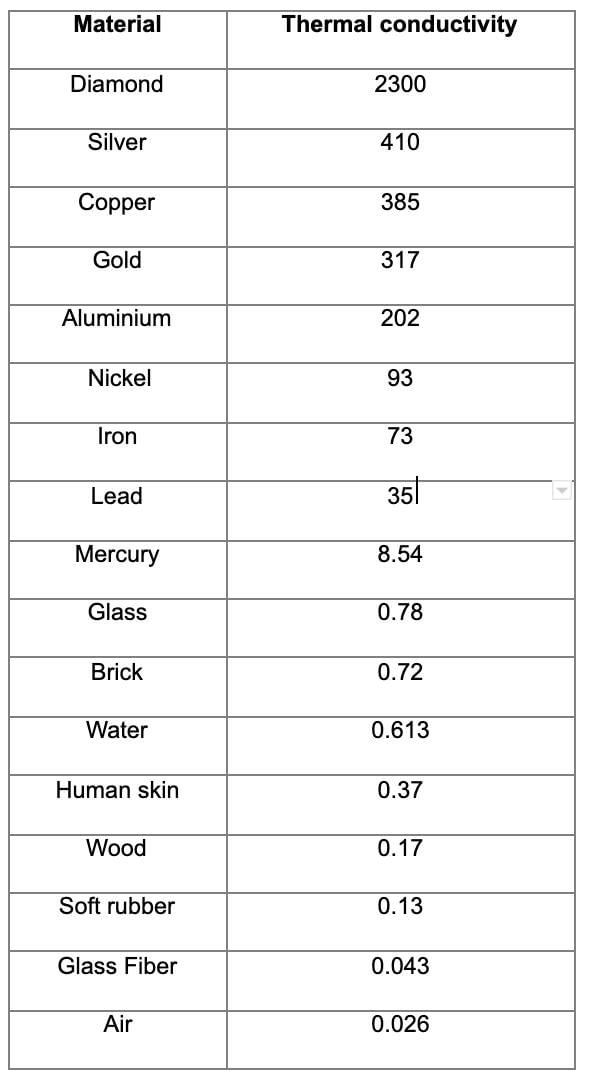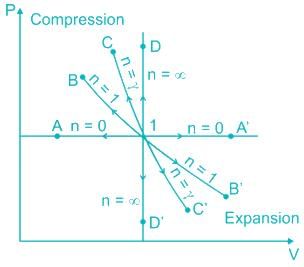RRB JE ME (CBT II) Mock Test- 2 - Mechanical Engineering MCQ
30 Questions MCQ Test - RRB JE ME (CBT II) Mock Test- 2
A submerged body will be in stable equilibrium if the centre of gravity is
The sum of pressure head and elevation head is known as ________.
Hydraulic grade line as compared to the centre line of conduct ______.
The depth of the centre of pressure (h) is given by the relation
The length of the divergent portion of Venturimeter in comparison to the ,convergent portion is
When can a piezometer be not used for pressure measurement in pipes.
The specific gravity of liquids is usually measured by means of a:
Compression ratio in case of SI engine is in the range of
310 J of heat is required to raise the temperature of 2 mole of an ideal gas at constant pressure from 25°C to 35°C. The amount of heat required to raise the temperature of the same amount of gas through the same temperature range at constant volume is
The inside and outside heat transfer coefficient of a fluid across a brick wall of 150 cm thickness and thermal conductivity of 0.10 W/mK are 30 W/m2K. The overall heat transfer coefficient (W/m2K) will be closer to
Which of the following is incorrect regarding the first law of thermodynamics?
A Carnot engine whose sink is at 300 K has an efficiency of 40%. How much should the source’s temperature be increased for the same sink to increase its efficiency by 50% of the original efficiency?
The internal energy of a gas obeying van der Waals, equation (p + a/V2)(V - b) = RT depends on its
The tendency of knocking in CI engines is reduced by
The ratio of radii of two spheres of metal is 1 : 2. The ratio of the amounts of radiation emitted by them at same temperature will be
Arrange the thermal conductivity of the following materials in ascending order:
copper, mercury, silver, water
An ideal gas is compressed to half its initial volume by means of several processes. Which of the processes results in the maximum work done on the gas?
When the wavelength corresponding to maximum emission of radiation is halved, the radiant power of the body becomes
Which of the following statements is CORRECT for the modulus of resilience?
The equivalent stiffness of two springs of stiffness S1 and S2 joined in series is given by:
What will be the thermal stress (in MPa) developed in a rod having a diameter of 4 cm and length of 2 m. It experiences heating from temperature 50°C to 200°C. The coefficient of thermal expansion is α = 10 × 10-6/°C and young’s modulus is 250 GPa?
Calculate the total angle of twist for a stepped shaft which is subjected to the torque (T) as shown in the figure below.

A shaft is subjected to a bending moment, M and a torque, T simultaneously. The ratio of the maximum bending stress to maximum shear stress developed in a shaft is


